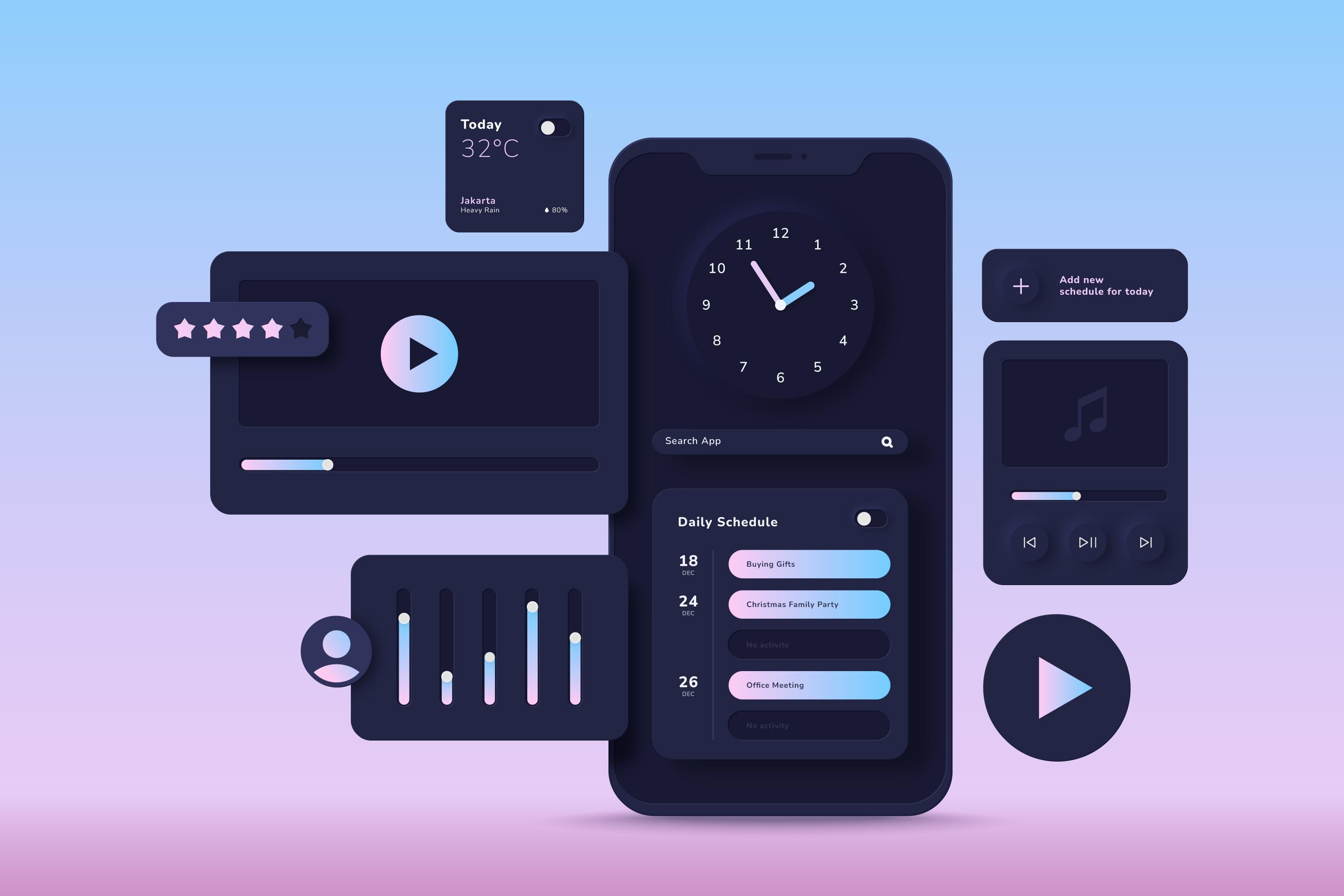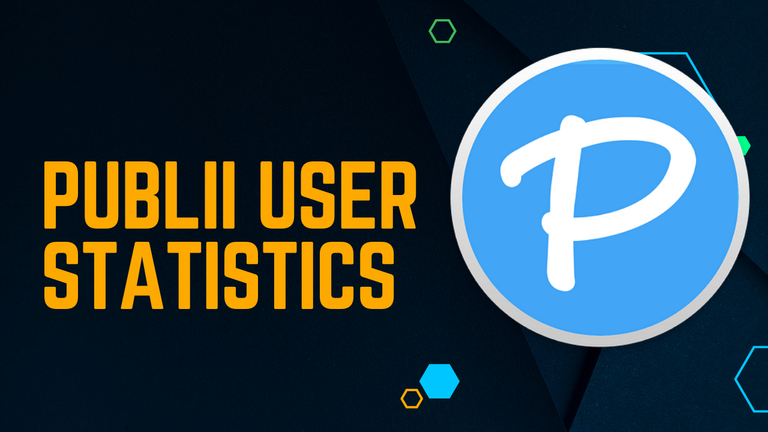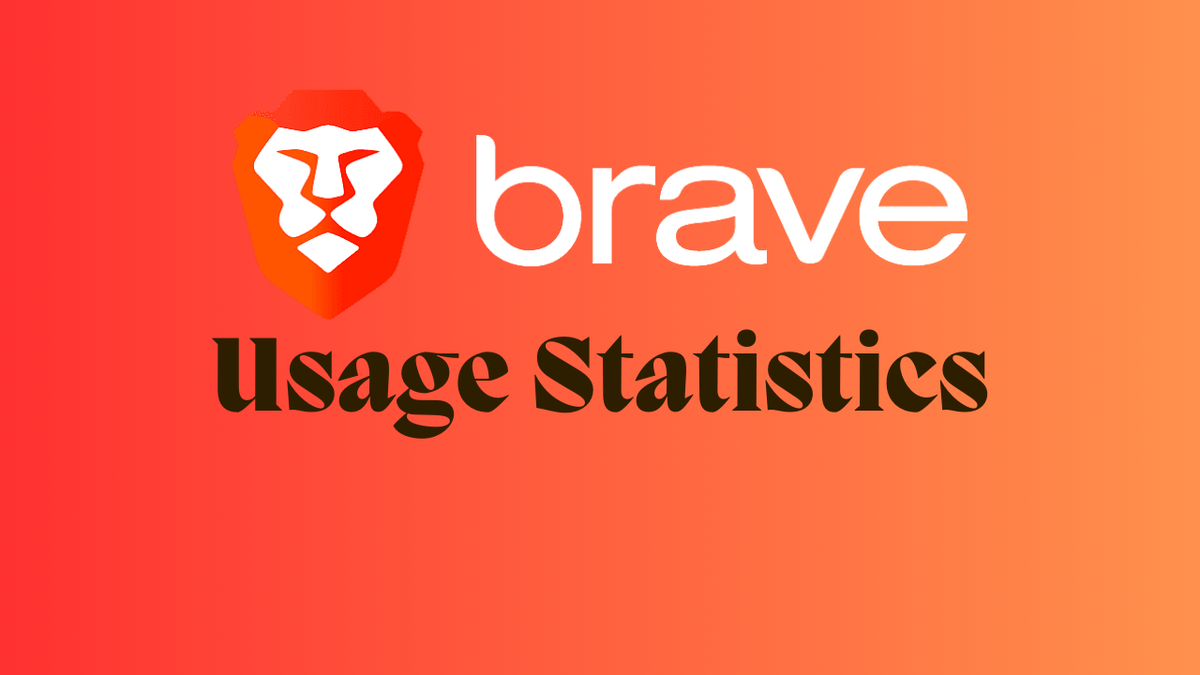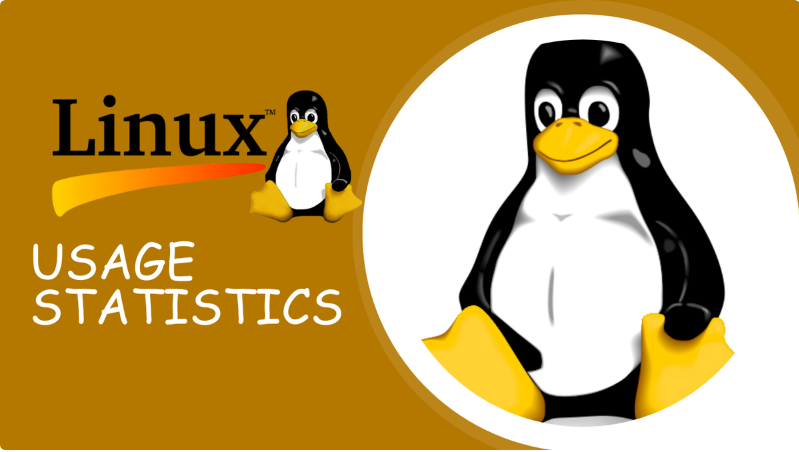Dark Mode Usage Statistics (2024 Data)

According to a study by Flurry Analytics, around 82.7% of users switch to dark mode on their phones after 10 pm, shedding light on a specific usage pattern.
Another study by Flurry Analytics in 2020 reveals that the average daily usage of dark mode on smartphones reaches 6.39 hours per user, highlighting its substantial integration into users' daily digital experiences.
These statistics carry practical implications for web developers and designers seeking to align with user preferences in the evolving landscape of theming options.
'Dark mode' has become a prominent design trend, witnessing widespread adoption by major software platforms and applications, underscoring its growing impact.
The key factors driving its adoption remain a subject of intense debate among end users. Surprisingly, many websites and applications have yet to incorporate a Dark mode feature, emphasizing the need to understand user preferences in this regard.
Table of Contents
Dark Mode Top Facts & Stats
-As of 2022, 95% of software developers prefer dark mode for their integrated development environment.
-According to Google Trends data, global searches for the term "Dark Mode" started to increase towards the end of 2018 and reached their highest point in October 2019.

- Stack Overflow's 2020 survey reveals a strong preference for dark mode among software developers, with a significant 91.8% favoring this theme.
- A study by JetBrains highlights that within 24 hours of the macOS Mojave launch, approximately 39.6% of users swiftly enabled dark mode, indicating its immediate popularity.
- PhoneArena reports that iPhone users experienced a 50.18% reduction in device usage time when dark mode was enabled, suggesting potential benefits related to user engagement.
- Reddit, a popular online community, notes a substantial adoption of dark mode, with 83% of users on the app embracing this theme as of 2021, according to Reddit Admins.
- Flurry Analytics conducts a study indicating that around 82.7% of users transition to dark mode on their phones after 10 pm, reflecting a specific usage pattern associated with the time of day.
Also read; Linux Statistics and Facts
- Another study by Flurry Analytics in 2020 unveils that the average daily usage of dark mode on smartphones reaches 6.39 hours per user, emphasizing its integral role in users' daily digital experiences.
- In a small-scale survey conducted by Narola Infotech, a noteworthy 95% of respondents express a preference for dark mode, further reinforcing its widespread acceptance among users.
Dark Mode Usage Statistics
- In December 2020, a mere 0.35% of marketing emails were optimized for dark mode, indicating a slow initial integration.
- It took almost six months for this percentage to surpass 1.0%, signifying a gradual uptake in the optimization of marketing emails for dark mode.
- Over the subsequent seven months, the percentage experienced significant growth, more than quadrupling to reach 4.85%.
- The most substantial increase occurred between September 2021 and October 2021, jumping from 2.1% to 3.9%, showcasing a notable surge in adoption.
- By 2022, approximately 5% of all emails included the code for dark mode compatibility, with minor fluctuations such as a dip to 4.65% in March 2022 before rebounding to 5.18% in April 2022.
- The adoption rate for dark mode in email marketing witnessed remarkable progress, escalating from 0% in June 2020 to a peak of 9.64% in May 2023.
- The most significant leap in adoption was observed between September 2021 and October 2021, where the percentage surged from 2.06% to 3.87%, followed by a steady, albeit slower, growth with minor fluctuations.
How Many People Use Dark Mode in 2024?
- iPhone users demonstrated a 50.18% reduction in device usage time with dark mode enabled, as reported by PhoneArena, indicating a substantial impact on user experience, making it more efficient and enjoyable.
- Reddit users exhibited an 83% adoption rate of dark mode on the app as of 2021, emphasizing the feature's popularity and desirability among a majority of users.
Also read; Firefox Usage Statistics
- A study by Flurry Analytics revealed that around 82.7% of users switched to dark mode on their phones after 10 pm, indicating a prevalent usage pattern, particularly during evening hours.
- The average daily usage of dark mode on smartphones reached 6.39 hours per user, according to a 2020 study by Flurry Analytics, showcasing the growing popularity of dark mode for enhanced usability and visual appeal.
- A small-scale survey by Narola Infotech disclosed that 95% of respondents expressed a preference for dark mode, providing a clear indication of its widespread popularity among users.
- Evernote users on Android demonstrated a 63% adoption rate of the "Set by Battery Saver" feature, automatically switching to dark mode, underlining the widespread preference for dark mode among Android users.
- A study conducted by Purdue University found that dark mode on OLED smartphone displays resulted in an average power savings of about 60%, emphasizing its energy-efficient potential and the benefits of extended battery life.
Dark Mode Optimization By Country
This overview provides insights into the prevalence of dark mode optimization in UX design across various countries:
- United States: Presently, 283 websites prioritize dark themes in their UX design, indicating a substantial adoption of this design trend in the country.
- Switzerland: In Switzerland, 24 websites have embraced the optimization of dark themes in their UX design, showcasing a noteworthy but smaller presence compared to larger nations.
- Germany: A total of 11 websites in Germany have chosen to optimize dark themes in their UX design, reflecting a moderate adoption of this design approach in the country.
- Japan: In Japan, 7 websites have implemented dark mode optimization in their UX design, suggesting a moderate yet discernible presence in the country's web design landscape.
- Australia: The trend of dark mode optimization in UX design is observed in 5 websites in Australia, reflecting a modest but notable adoption within the Australian online space.
Dark Mode Adoption Rate
- As of 2020, a staggering 92% of software developers express a preference for dark mode when using their integrated development environment, highlighting its dominance within the developer community.
- In the same year, 81.9% of developers favor dark mode over light mode while actively coding, showcasing a strong inclination toward this visually distinct theme in the coding environment.
- Android users who opt for dark mode experience notable energy savings, consuming up to 43% less battery compared to those using the standard mode, providing a practical benefit for users seeking prolonged battery life.
- Reddit's mobile app witnesses a significant adoption of dark mode, with 78% of users making the switch while browsing the platform, indicating a substantial preference for this visually subdued theme among Reddit users.
- In 2020, a substantial 67% of TikTok users express a preference for using the app in dark mode, emphasizing a considerable alignment with this visual style among the TikTok user base.
- Dark mode experiences a remarkable 56% growth in popularity on Facebook Messenger throughout 2020, indicating a significant shift in user preferences toward this visually subdued theme on the messaging platform.
- In 2019, a substantial 79% of MacOS users swiftly transition to dark mode within three months of its release, highlighting the rapid adoption and acceptance of this feature among Apple users.
- A 2020 study reveals that a significant 85% of users prefer dark mode while using e-reading devices such as Kindle, underscoring its favorability in enhancing the reading experience.
- Dark mode preference in Microsoft Office apps like Word, Excel, and PowerPoint saw a substantial increase of 60% in 2020, indicating a growing preference for this theme across various productivity applications.
What Are the Benefits of Using Dark Mode?
Enabling dark mode, especially in low-light environments or during nighttime, is recognized for its ability to reduce eye strain and promote better sleep quality.
However, in well-lit environments during daylight, the need for dark mode may diminish, and its usage may even pose challenges in maintaining focus.
Therefore, incorporating both light and dark mode options in applications proves beneficial to cater to varying preferences and environmental conditions.
Dark mode applications also contribute to extending the battery life of smartphones, particularly those with OLED screens. Google has officially acknowledged the significant impact of dark mode on battery conservation.
For instance, when operating at 50% brightness, the Dark Mode interface within the YouTube app has been shown to save approximately 15% of screen energy compared to a conventional flat white background.
This highlights the practical advantages of implementing dark mode not only for user comfort but also for optimizing device battery performance.
What Are the Downsides to Dark Mode?
Dark mode, while often praised for reducing eye strain during prolonged screen use, may have drawbacks in certain conditions.
In brightly-lit environments, dark mode can potentially increase eye strain. Individuals with myopia or astigmatism may experience halation, leading to reduced readability of text in dark mode.
Despite its potential benefits, some users dislike dark mode due to its perceived harshness on the eyes.
While it aims to decrease the emission of blue light from electronic devices, the stark contrast between the dark background and light text may be more jarring, resulting in eye strain, headaches, and related issues.
However, dark mode can be advantageous for long-term screen use, contributing to reduced eye strain. It offers a better aesthetic to websites, enhancing the visual appeal.
Yet, it's essential to implement dark mode thoughtfully to avoid an unpleasant or unnatural appearance that might affect user experience negatively.
Conclusion
The data presented highlights a significant surge in the prevalence of dark mode across diverse platforms and devices. Dark mode is particularly favored by programmers during coding sessions, and iPhone users have reported decreased device usage when utilizing this feature.
Furthermore, popular applications such as YouTube and Reddit have witnessed a swift embrace of dark mode shortly after its introduction.
Research findings suggest that OLED displays can achieve substantial power conservation, up to 60%, by transitioning to dark mode. This indicates a growing recognition and adoption of dark mode for its user-friendly benefits and potential energy savings.
Sources
– https://www.www.phonearena.com
– https://www.www.reddit.com
– https://www.medium.com
https://www.insights.stackoverflow.com
– https://www.www.flurry.com
– https://www.evernote.com
– https://www.www.jetbrains.com
– https://www.engineering.purdue.edu
Dark Mode by web.dev
Dark Mode & Email Marketing by sendview
Guide to Dark Mode by litmus
Dark Mode by axigen


